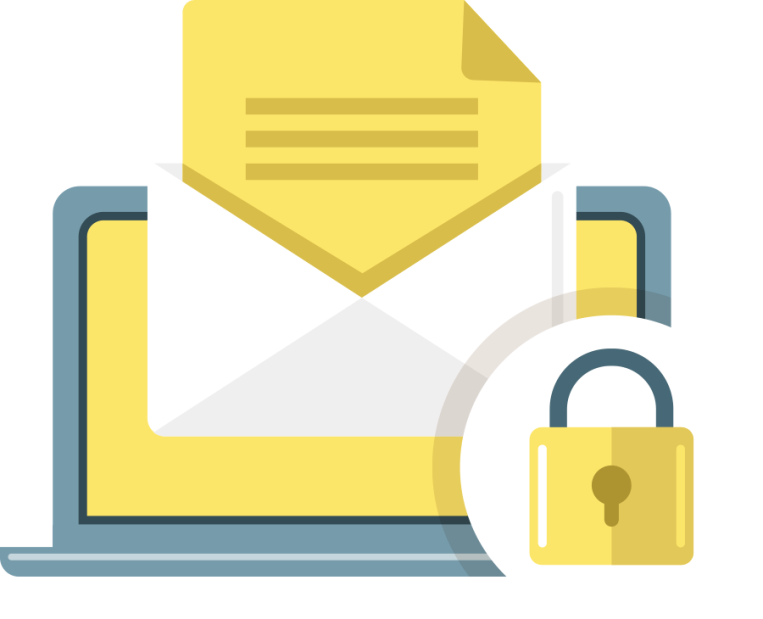
You’ve set up your DMARC record, yet you’re still seeing emails fail authentication. But why? The answer often lies in a crucial concept known as DMARC alignment. While SPF and DKIM are the foundation of email authentication, DMARC is the policy layer that enforces them – and it only works if those records are properly aligned with your email.
So, what exactly is alignment? It’s the process of matching the domain from the sender’s email address (the one your recipients see in their inbox) with the domain validated by either SPF or DKIM. Without this match, the DMARC check will fail, regardless of whether SPF or DKIM passed their individual authentication checks. This is a common and frustrating issue, and it’s a key reason why many people encounter common pitfalls in DMARC record syntax and configuration.
The two sides of DMARC alignment
DMARC requires either SPF or DKIM to achieve alignment, giving you two paths to pass a DMARC check.
- SPF Alignment: For an email to pass SPF alignment, the domain used in the Return-Path header (also known as the Mail From domain) must align with the From header domain.
- Strict Alignment: The domains must be an exact match. If your From header is [email protected], the Return-Path must also be from example.com.
- Relaxed Alignment: The domains must belong to the same organizational domain. This means that if your From header is [email protected], a Return-Path of [email protected] would still pass. This is often necessary when using third-party email services.
- DKIM Alignment: For an email to pass DKIM alignment, the domain in the d= tag of the DKIM signature must align with the From header domain.
- Strict Alignment: The domains must be an exact match. For example, if your From header is [email protected], the DKIM d= tag must be example.com.
- Relaxed Alignment: The DKIM d= domain can be a subdomain of the From header domain. For example, a d= tag of news.example.com would pass alignment for a From header of [email protected].
Why DMARC alignment is a big deal
DMARC alignment is not just a technicality; it’s the core mechanism that prevents email spoofing. The primary purpose of SPF and DKIM is to authenticate a message’s origin. However, they don’t inherently check if the “visible” From address (the one the recipient sees) matches the authenticated domain.
Imagine a bad actor sends an email that appears to be from [email protected]. They could potentially set up a fake SPF or DKIM record on their own domain, badactor.net, and pass the individual SPF and DKIM checks. However, without DMARC alignment, the DMARC check would fail because the From header domain (yourcompany.com) does not align with either the SPF domain (badactor.net) or the DKIM d= domain (badactor.net). This is how DMARC effectively connects the authenticated technical details to the human-readable sender, ensuring that the email truly comes from where it says it does.
Without DMARC configured properly, bad actors can manipulate this mechanism to employ a tactic known as Header-From Spoofing.
This process is critical for email deliverability and sender reputation. If an email fails DMARC alignment, it can be flagged as spam, even if the underlying SPF or DKIM checks passed. This is a common challenge for email marketers and a significant reason why some emails never reach the inbox. Understanding this is key to ensuring your emails have the best chance of success, which is a big part of what makes DMARC so important for your email sender reputation.
In short, a passing SPF or DKIM check is not enough for DMARC. Both SPF and DKIM must not only pass their respective checks but also align with the From domain. This alignment requirement is what makes DMARC such a powerful tool in the fight against phishing and spoofing. Without it, the entire DMARC enforcement framework would be ineffective.
Need Help With Your DMARC Setup?
Learn more about 101domain’s Managed DMARC Services and let us do the heavy lifting for you. We handle policy setup, monitoring, and reporting so you can rest easy knowing your emails are secure.
